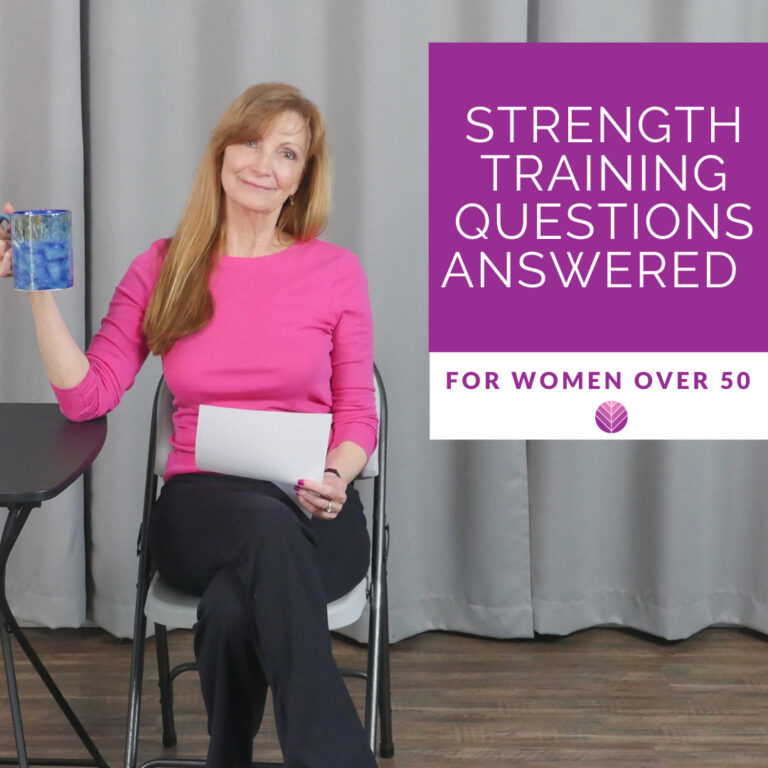The Link Between Sleeping Positions and Posture

If you’re doing my 28 Days To Better Posture Program you are doing some amazing work to rejuvenate, stretch and strengthen your posture muscles. But this alone may not fix your poor posture unless you’re digging into daily habits such as how you hold your phone when scrolling, how you sit while working, how you walk AND how you sleep? This one I did not think about as I was researching poor posture. When we think about posture, we often associate it with how we sit or stand during our waking hours. However, what many of us overlook is the significant impact that our sleeping positions can have on our overall posture. The way we sleep plays a crucial role in determining whether we wake up feeling refreshed or with aches and pains. In this article I share what I’ve been learning about the connection between sleeping positions and posture, and how you can make simple adjustments to improve your sleep quality and long-term physical well-being.
The Science Behind Sleep Posture
Our bodies are complex structures that are designed to move and rest in specific ways. During sleep, our muscles and joints undergo a process of repair and rejuvenation. The position in which we sleep can either aid or hinder this process. Different sleeping positions exert varying amounts of pressure on our spine, neck, and limbs, influencing our posture over time. Here is a list of the different sleeping positions and tips to make them better for your body.
The Back Sleeper
Sleeping on your back is often considered the best position for maintaining good posture. When you lie flat on your back, your spine is aligned, and your weight is evenly distributed. This helps to minimize stress on your joints and reduces the likelihood of waking up with a stiff neck or back pain. Oh and guess what…it’s the best to prevent wrinkles!! Have you even slept so hard you had creases in your face? As we get older these creases are harder to relax.
Tips for Back Sleepers:
- Use a supportive pillow that cradles your neck’s natural curve. Here is a pillow to help Neck Pillow
- Place a pillow under your knees to support the natural curvature of your lower back. Another pillow that may help. Back Pain Relief Pillow
I have been trying to teach myself to sleep on my back and it’s not easy. Here are a few tools I used; Wedge Pillow which also was great when I had my mastectomy. And this one helped keep me on my back and supported my neck really well Anti Wrinkle, Anti Aging Pillow
Oh and don’t forget a silk pillow. These help prevent wrinkles AND can keep your hair from breaking. Here is the one I use Mulberry Silk PIllow
The Side Sleeper
Side sleeping is a common position that can be comfortable for many people. However, it’s crucial to maintain proper spinal alignment to prevent postural issues. Sleeping with a straight spine can reduce the risk of developing shoulder, hip, or neck pain. I am a side sleeper trying to be a back sleeper!
Tips for Side Sleepers:
- Choose a pillow that fills the gap between your head and shoulders, supporting your neck. This is the current pillow I am using Side Sleeper Pillow
- Place a pillow between your knees to keep your hips and spine properly aligned. This is the pillow my husband uses for his hip pain. Knee Pillow for Side Sleepers
The Stomach Sleeper
Sleeping on your stomach can be problematic for your posture as it tends to force your neck and spine into unnatural positions. This can lead to strain and discomfort over time.
Tips for Stomach Sleepers:
- If possible, try to transition to a different sleep position over time to improve your posture.
- If you must sleep on your stomach, use a flat pillow or no pillow for your head to reduce strain on your neck.
Improving Your Sleep Posture
- Invest in a Quality Mattress and Pillows: A supportive mattress and pillows that match your preferred sleeping position can make a significant difference in maintaining good posture during sleep.
- Experiment with Pillow Placements: Proper pillow placement can help align your spine and reduce pressure points. Don’t hesitate to try different combinations to find what works best for you.
- Stretch Before Bed: Incorporate gentle stretching into your pre-sleep routine to relax tight muscles and promote flexibility.
- Consult a Professional: If you’re experiencing chronic pain or posture-related issues, consider consulting a physical therapist or healthcare professional. They can provide personalized recommendations based on your specific needs.
Conclusion
While we may not be conscious of our body’s position while we sleep, our sleeping habits can have a lasting impact on our posture and overall well-being. By making mindful choices about our sleeping positions and incorporating simple adjustments, we can contribute to better posture and wake up feeling more refreshed and energized. Remember, a small change in how you sleep can lead to a big change in how you feel during the day.
If you’d like more help with your posture make sure you check out my 28 Days To Better Posture Challenge






